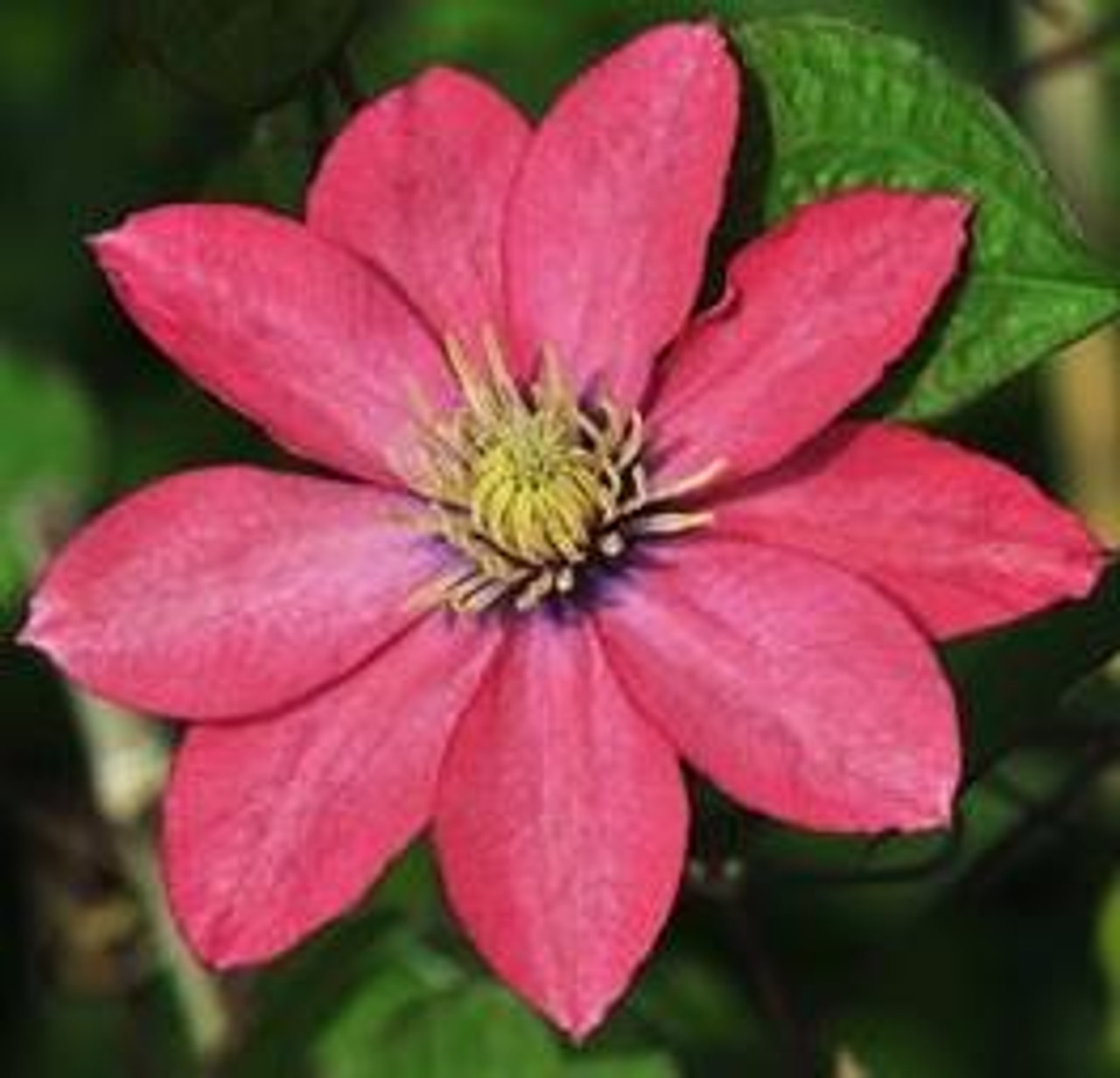Product Description
Clematis 'Little Mermaid' (10) Plants
Height: 6-8 Feet
Flower Color: Pink Shades, Foliage Color: Green shades
Hardiness Zone: 4 - 8
Full sun to Part shade
Blooms Early summer - Early fall
‘Little Mermaid’ produces delightful 4-6 inch; round, salmon pink blossoms which lighten to icy pink as they mature. A touch of pale purple sometimes appears around the fluffy tuft of yellow stamens in the center of the flower.
This Japanese variety blooms twice during the season: once in early summer and again in late summer or early fall. Attracts hummingbirds, Deer and Rabbit resistant, Attractive Seed Heads.
A member of:
Group 2—Early to midseason flowering cultivars and rebloomers
These varieties begin to bloom in early summer, with the first flush of flowers appearing on the previous year's growth. This is followed by a second flush flowers appearing on the new growth. These flowers will likely be smaller than the first ones and flowers that were double the first time may be single the second time.
The time to prune this group is in late winter or early spring. Dead and weak shoots should be removed and the remaining shoots cut back to 6-9 inches above a couple of well-developed buds.
Other Details
The most important part of the plant is its root system. Healthy roots are the foundation of a healthy, vibrant plant. The type of plug container used is based on the specific needs of the plants. Perennials offered as bare root traditionally perform better when planted as bare root.Planted in a specialized mix, potted plants have well established root systems. Top growth stage will vary depending on the current life cycle and time of year when shipped. In Winter and early Spring dormant plants may be shipped. Dormant plants may be planted right away, even before the last frost date.
Most bare root varieties are field grown for at least one season, though Hemerocallis and Hosta are grown for two seasons. The bulk of the soil is removed during the harvesting process and the tops of most varieties are trimmed back to the crown. They are graded, packed in shredded aspen or sphagnum moss and stored in freezers until ready to be shipped.
See our Container Sizes and Bare Root Perennials pages for more information.
Plant information and care is provided in the Overview section, Plant Genus Page and general information is provided in the Planting Care & Guides. Additional questions can be asked on each Plant page.
Plant Spacing: Using the maximum mature spread or width of a plant to guide spacing, ensures space to grow to full size. To fill an area sooner, plant them closer together. Just remember, future thinning or transplanting may be needed.
Water: Keep a close eye on newly planted perennials, especially throughout the first growing year. Most early plant loss is due to too much or too little water!





